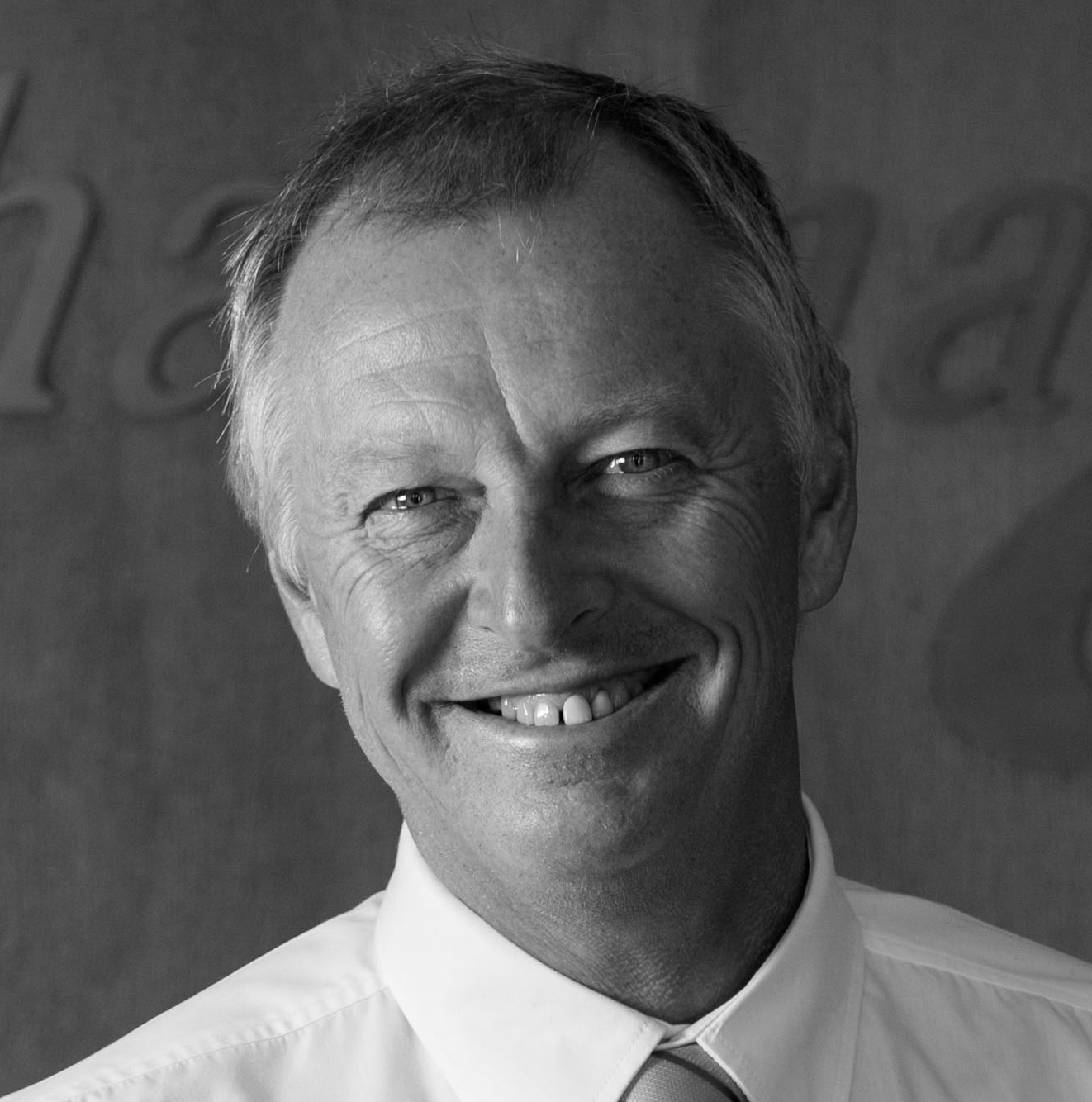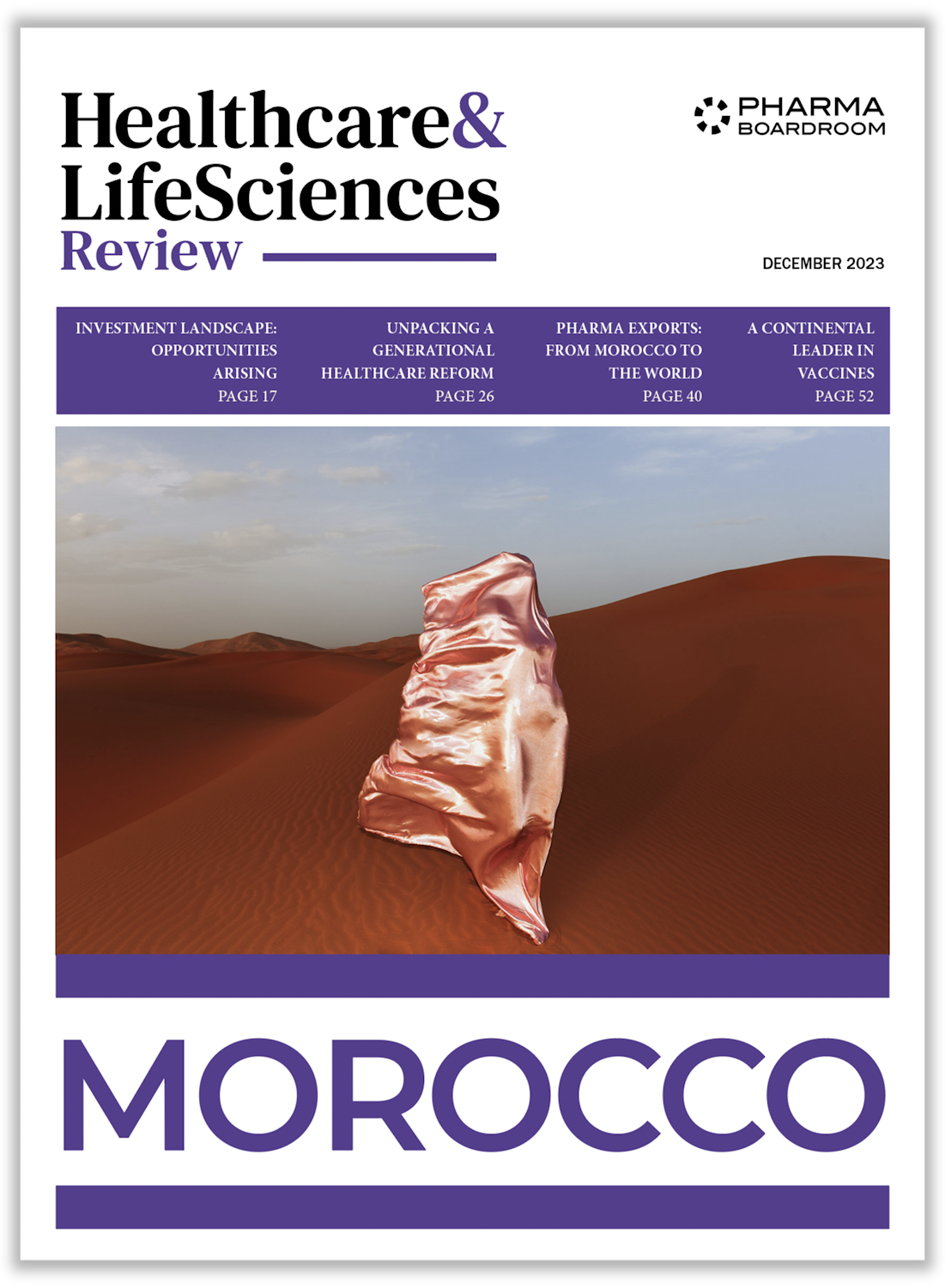The CEO of Pharma Dynamics explains why the company was the perfect match for Lupin, as the fastest growing, and largest independently owned acquirable pharmaceutical business in South Africa, why a strong focus on marketing and sales has been key to their success and reveals how the use of generics has virtually doubled in the private sector from approximately 33 percent in 2008, to around 66 percent in South Africa today.
Vinita Gupta, Lupin’s CEO, in announcing the acquisition of Pharma Dynamics in March 2015, said that “Africa is fast emerging as one of the growth engines of the future.” Why was Pharma Dynamics the right match for Lupin in this market?
The South African market is the natural entry point to the African market. It is the most advanced, developed and regulated market on the African continent. Lupin is a rapidly emerging global generic pharmaceutical company, growing in excess of 20 percent per annum. Likewise, Pharma Dynamics has shown a consolidated annual Growth rate over 5 years of 28%. We are now the fourth largest generic pharmaceutical company in South Africa. As the largest independently owned generic company in South Africa, Pharma Dynamics was a natural target for Lupin.
Pharma Dynamics has consistently been one of the fastest growing South African pharmaceutical companies over the last 10 years. What has been the secret to your success?
Our developmental pipeline has been extremely important to us, and we have been focused on expanding our portfolio as patents expire. We have been very strategic and systematic in developing the business. We understood that we could not be everything to everybody. Consequently, we chose to focus on chronic illnesses, where we could develop a strong relationship with a smaller customer base and be able to brand our products in a market that exhibits more brand loyalty and less substitution than acute markets. We chose to focus in particular on the cardiovascular market, which at the time had the largest number of patents expiring. From there we have expanded into all areas, but the majority of our resources are still focused on chronic illnesses; including products in the areas of CNS and diabetes.
Given the large number of generic pharmaceutical companies present in the country, another keys to our success has been our focus on marketing and sales. We invested heavily in this area, with a marketing and sales infrastructure of over 110 people. We are not merely relying on pharmacists to substitute original prescriptions, or other generic prescriptions, with our products, but are encouraging the doctors to prescribe Pharma Dynamics products. As a result, pharmacists feel comfortable dispensing or substituting with a Pharma Dynamics brand.. Another focus has been the aggressive pricing of our products. We have worked closely with the medical aids, and the majority of our products are fully funded and reimbursed by the medical aids. There are very few co-payments by patients; we are eliminating any barriers the pharmacist might have from using a Pharma Dynamics product. We also believe we are very reactive to market dynamics and the market has rewarded us for that.
In 2011 you told us that in cardiovascular, you were the largest generic company in South Africa by value. Is this still the case today?
We are not only the largest generic pharmaceutical company in the cardiovascular arena, we are the largest pharmaceutical company in this area and by some distance. We hold a premium market share of market share is 14.3 percent followed by Aspen with 8.3 percent. We have the number one and number two selling antihypertensives and six or seven markets leaders within the various treatment categories.
In 2013 it was announced that you were developing a presence in the anti-infectives market. What are the biggest challenges you face in this market?
In 2013 we entered the South African anti-infective market, supplying IV antibiotics to hospitals and we have performed particularly well in this area. The anti-infective market globally has come under numerous challenges, notably with regards to antibiotic resistance. The biggest challenge for any pharmaceutical company is to work with the market to promote the responsible use of antibiotics whilst protecting antibacterial sensitivity.
What importance does the company attach to its pipeline as part of its business model and what is your strategy for introducing Lupin’s portfolio into South Africa?
We do have a particularly strong pipeline. One of the advantages we have over some of our competitors is that having been independent for most of our history, we developed strong relationships with a number of pharmaceutical companies who were not represented in South Africa. This provided us with access to numerous different pipelines and this now includes the Lupin pipeline. Lupin’s aggressive acquisition strategy will in future expand this opportunity into more specialised therapeutic segments. The greatest frustration for us is not what is in the pipeline, but how quickly the products come through the pipeline. Over the last decade the average time to register a product in South Africa has gone up from two years to in excess of five years.
What role can generics play in helping the government to achieve its goal of increasing access to affordable healthcare for the South African patient?
The greater use of more affordable generic medicines will extend the availability of medicines to a greater percentage of the population. When you track the growth of generics’ market shares against the originators’ over the last eight years, it has grown in the private sector from approximately 40 percent in 2008, to around 50 percent today. In the public sector generics are used almost exclusively.
We see that the government is also incentivising local manufacturing. What do you believe is more important, increasing local production or ensuring the best price of a given product?
My belief, and this view is shared by most global pharmaceutical companies, is that the benefits of economies of scale of global manufacturing far outweigh any potential incentives for local production. The inefficiencies of smaller production runs to satisfy local demand are greater than the incentives provided by government. Of course, there would be a strategic advantage to produce locally with incentives to supply a global market. Of particular concern though, is the time taken to get regulatory approval for manufacturing changes, which preclude a greenfield production project.
In 2011 you told us that you were looking towards Africa for expansion, with the company registering drugs right through the continent. How has this strategy developed today and what role can your African strategy have in supplementing your South African-based growth?
Expansion to the rest of Africa carries significant opportunities for Pharma Dynamics and for most pharmaceutical companies. While it is an expanding market, it remains a very complicated market in which there are multiple requirements for package inserts and labelling in different languages, different regulatory requirements and logistical difficulties in getting products to market. While we have been registering drugs in various markets throughout Africa, our African sales remain a small percentage of our total and we have not achieved the levels of penetration that we would have expected. Nevertheless, we will continue with an expansion program into Africa, but with a more geographically focussed strategy.
What is your five year vision for the future of Pharma Dynamics?
We are already the third largest pharmaceutical company in the South African generic prescription market. We hope to continue our growth of 20 percent per annum and narrow the gap between ourselves and the top two companies. We intend to expand our OTC presence. Lupin is well known for its biologicals and biosimilar research and development and given the right regulatory environment, we would also look to enter the South African biosimilar market.







